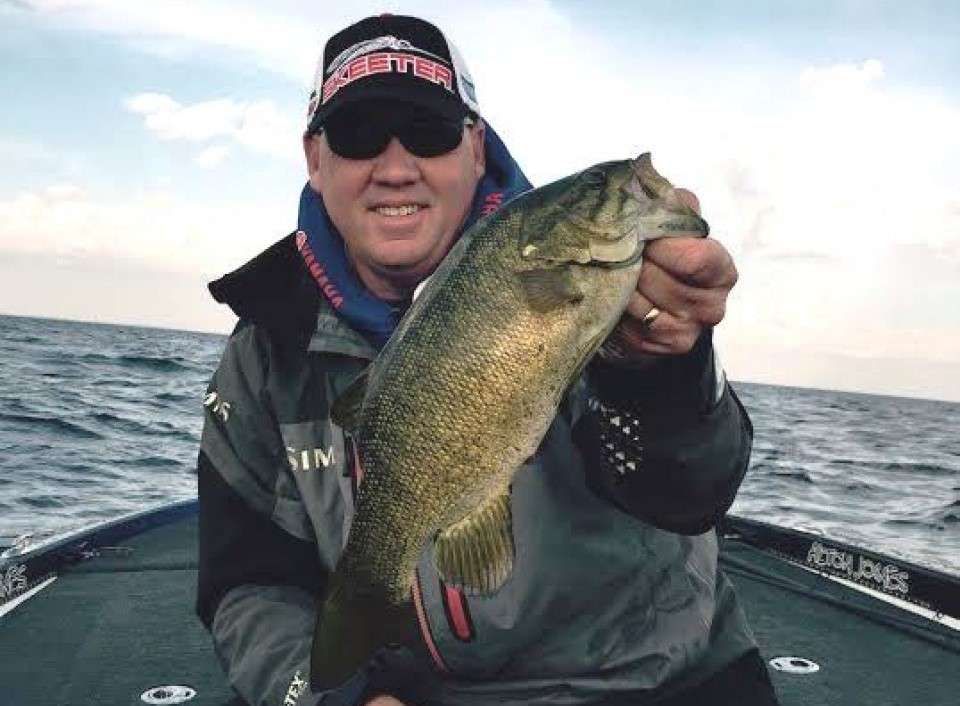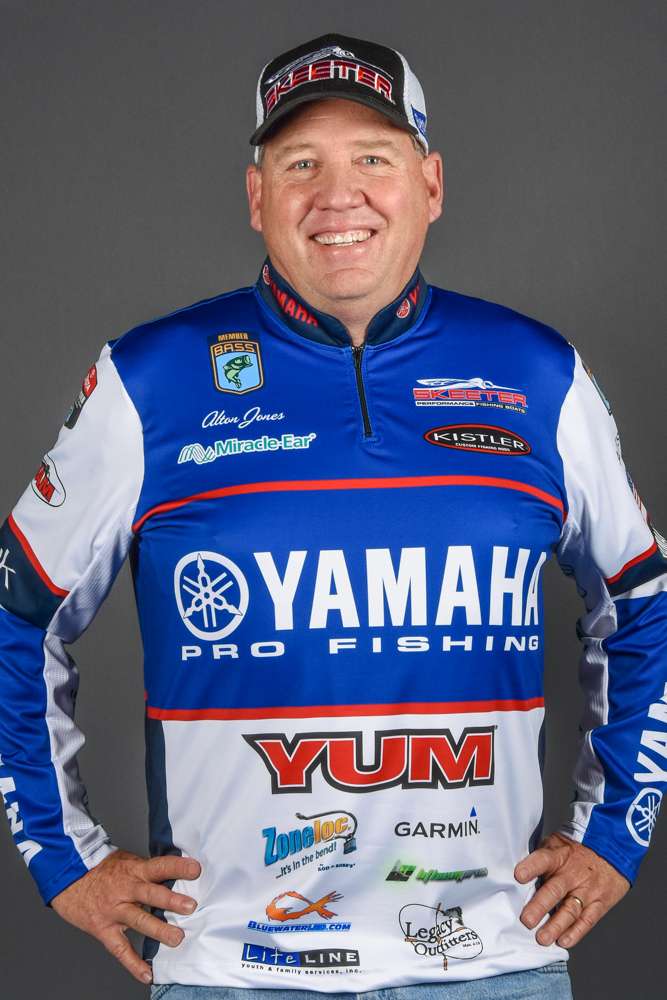
Our final Elite event is coming up in a couple of weeks on the Mississippi River in La Crosse, Wisc., but I’ll be heading up a week early to spend some time in Sturgeon Bay for some fun fishing with one of my favorite summertime activities — northern smallmouth.
I’ve caught plenty of smallmouth in the southern U.S., but during the summertime these fish tend to go nocturnal. You don’t see them once the water warms above 75 degrees or so. By comparison, some of the best fishing trips I’ve ever had have been for summertime northern smallmouth.
My fun fishing trip will be a nice warmup to La Crosse because I think there will be a lot of nice smallmouth caught this year in the Mississippi River. But after that, this year’s Toyota Bassmaster Angler of the Year Championship will be on Mille Lacs. From all I’ve heard, this could be the heaviest catches of smallmouth that I’ve ever experienced.
As good as I’ve experienced everywhere else, it’s supposed to be the best. So, that gets my anticipation meter revved up.
When I think about summer smallmouth, one of the images that pops into my mind is topwater fishing. It’s hard to beat a Zara Spook or a Zell Pop on a calm summer morning when there’s not a ripple on the water.
The sight of a giant smallmouth jumping out of the water and landing on top of that bait is the kind of thing that makes your heart jump all the way into your throat.
The other thing I think about are wolf packs. When you catch a smallmouth in super clear water where you can see down 10-20 feet, you reel one to the boat and there are 30 more the same size and bigger swimming right along with him.
All this combined is what makes summertime smallmouth some of my most fun fishing ever.
Now my biggest smallmouth was a 6-pound, 14-ounce fish that I caught in Texas in 1990 on Lake Whitney. I caught that fish with a finesse worm and, at the time, it was the second-largest caught in the state.
I’ve caught many in the 6-pound range and each one gave me a memorable fight. A lot of people say that pound-for-pound, smallmouth fight harder than largemouth, and I don’t disagree with that. I will point out that regional differences do exist.
For example, a largemouth on Lake Guntersville pulls completely different than a largemouth in the Harris Chain, and it pulls completely different than a largemouth on Lake Falcon. Some lakes have bass that are notoriously strong and some lakes have bass that are not such great fighters.
However, wherever you find smallmouth, they’re pretty good fighters.
My favorite way to catch smallmouth is on topwaters, especially the Super Spook Jr., because I love to watch them hit the surface. A close second will be a drop shot with the YUM Warning Shot. They’re not going to bite the topwater every day, but no matter where you go and no matter what the conditions, they’ll always bite a drop shot.
I’m really looking forward to this finesse style fishing because catching big fish on light line and spinning gear is just a lot of fun. We get to play with spinning rods throughout much of the season, but it’s a lot different when you’re regularly catching 4- to 7-pound fish.
Up north, 4-pounders, 5-pounders, 6-pounders really aren’t that uncommon. When you get those prolonged fights on the light tackle, it’s such a thrill.
One of the keys to successful drop shotting for smallmouth is to not overwork the bait. I use the water current to impart a lifelike action on my bait.
Also, when you’re drifting in current, you want your bait moving at the exact same speed as the current so it looks natural, like a crawfish, a goby or whatever. If you’re going faster or slower than the current, it’s not natural.
The hard part is that when you’re doing it right you have very little contact with your bait. If you have too much contact with the bait, you’re pulling it too fast. If you don’t have enough contact, you can get strikes and never even know it. So, it’s a real on-the-edge kind of feel.
To maintain that proper amount of contact, I use the lightest weight the fish will let me use. In 20 feet of water, I may use a 3/16-ounce weight. That may seem small, but in 20 feet of water, there’s enough water pressure to move that bait along naturally.
If I were to go up to a 3/8-ounce weight, it’s going to hang on the bottom a little bit more and make the bait slower than the current.
When you learn to fish the drop shot at the exact right speed, it doubles your bites. You have to consider that different places have different current speeds — even on the same river. Wind and water depth also influence how your bait moves, so adapt accordingly.
You’ll have to keep on top of multiple variables, but the one thing that remains consistent is the fantastic fun that summertime northern smallmouth fishing offers.

